Level-1
Introduction to AI and Machine Learning
Learn the basics of modern-time AI and represent an application of it. Discover the numerous ways to apply AI and possible developments.

AI using Javascript
Create intelligence with us. This section covers the overview of AI and models, from facial recognition to sound classification.
- Introduction to AI and ML
- Basics of JavaScript
- JS Library P5 - Shapes
- JS Library P5 - Colors
- AI powered Snake Game
- Introduction to ML5 & K Means Algorithm
- Image Classification
- Pose Detection
- K Nearest Neighbour Algorithm
- KNN Pose Net
- BodyPix Model and Image Segmentation
- Sound Classification and Dina Game
- Word2Vec
- Sentiment Analysis
Neural Network in AI
This section provides a complete understanding of Neural Networks and implementation of object and face detection in AI projects.
- Object Detection
- Object Detection Project
- Sketch RNN
- Sketch RNN Project
- Face API
- Face Detection
- Neural Networks
- Basketball Game Development
- Adding AI to the Game
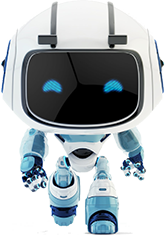
Learning Outcomes
- Learn basics and foundations of machine learning
- Gain ability to incorporate the tools required to develop ML Model
- Create your own AI powered game
Major Project
- Image Classification Project
Skill Benefit
- Enhanced Mental Skills
- Enhanced Creativity Skills
- Ability to use JavaScript’s p5 Library to Make Games
- Ability to use Google’s Teachable Machine to make Machine Learning Models

Level-2
Mathematics and Statistics
Build a foundation for your data science skills by learning mathematics and statistics techniques and formulas to analyse the data in the proper manner.
Basics Mathematics and Algebra for DataScience
This section covers the basics of mathematics, algebra and equations functionalities and the usage of these equations in data science.
- Introduction to Algebra
- Solving basic Equations & Inequalities
- Linear Equations Part 1
- Linear Equations Part 2
- Functions Part 1
- Functions Part 2
- Quadratic Equations Part 1
- Quadratic Equations Part 2
- Polynomial Expressions
- Exponential and Logrithmic Functions
- Introduction to Trigonometry
- Trigonometric Functions Part 1
- Trigonometric Functions
- Series and Induction
- Vectors
- Matrices

Statistics and Probability
This section covers the concepts of Statistics and Probability which helps to create the algorithms and develop computing skills in Data Science.
- Introduction to Statistics
- Mean, Mode, Median
- Variance, Covariance and Coorelation
- Linear Regression and Hypothesis Testing
- Introduction to Probability
- Counting, Permutation and Combinations
- Random Variables, Sampling Distribution
- Advanced Regression
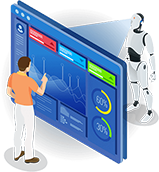
Calculus in Mathematics
This section covers the concept of Calculus in Mathematics which is used to analyse the data properly in Data Science.
- Introduction to Calculus
- Composite and Inverse Functions
- Complex Numbers Rational Functions
- Limits and Continuity
- Derivatives
- Integrals
- Differential Equations
- Series
Major Project
- Quadratic Equation
- Differential Equation
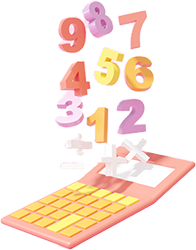
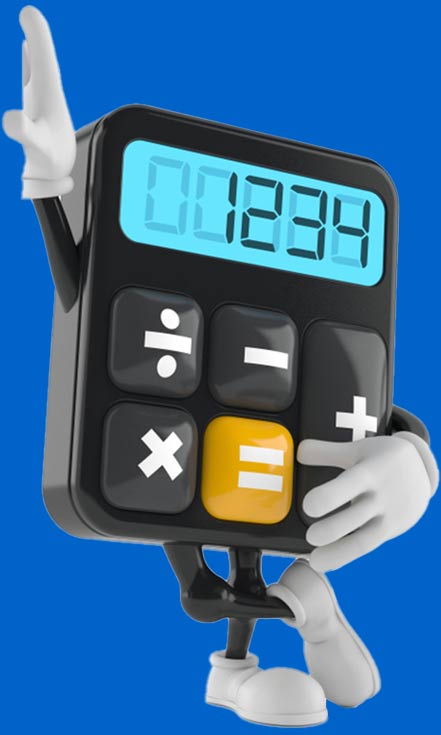
Learning Outcomes
- Master with Mathematical Problems and Mathematic Algorithms
- Apply Logical Thinking to Problem Solving in Context
- Demonstrate Skills in writing Mathematics
Skill Benefit
- Enhance Analytical Skiils and Programming Skills
- Developed Mathematical Skills
Foundation
Level 1
30 Hours
- 1:1 Personalised and Customised Live Sessions
- Access to E-Learning Resources and Community
- After-Class Assignments and Quizzes
- Work on Real-Time Projects
- Course Level Completion Certificate
- 24x7 Customer Support
Intermediate
Level 2
38 Hours
- 1:1 Personalised and Customised Live Sessions
- Access to E-Learning Resources and Community
- After-Class Assignments and Quizzes
- Work on Real-Time Projects
- Motivational Sessions
- Course Level Completion Certificate
- 24x7 Customer Support
Expert
Level 3
40 Hours
- 1:1 Personalised and Customised Live Sessions
- Access to E-Learning Resources and Community
- After-Class Assignments and Quizzes
- Work on Real-Time Projects
- Personality Development Sessions
- Mindfullness Activity
- App Deployment
- 24x7 Customer Support
- Course Completion Certificate
AI with Machine Learning and Data Science
108 Hours
- Personalised Learning
- Deploy your own project and App
- Focus on Personality Development
- Focus on Extra Curriculum Activities
- Access of E-learning portal, Project Gallery and Community
- Course Completion Certificate
- Prepare for Course Certifications
Level-3
Introduction to Data Science and Tools
Start your career in Data Science by learning the basic concepts of data Science.
Datascience is a vast field and involves handling data in numerous ways. Learn the techniques and implementation of data with the Datascience libraries: Numpy, Pandas, Matplotlib, and TensorFlow.
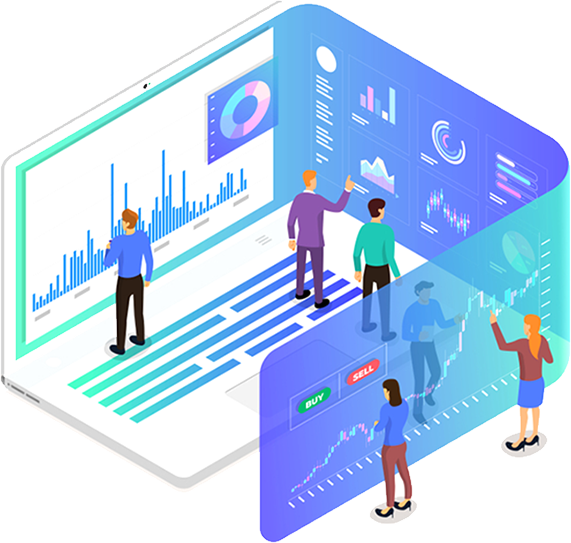
NumPy - Data Science Tool
This section covers the NumPy (Numerical Python) datascience tool which provides an efficient interface to store and operate on dense data buffers.
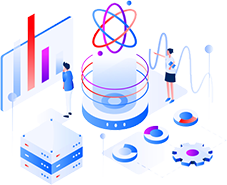
- What is NumPy?
- NumPy Arrays
- Adding, Removing and Sorting Elements
- Reshaping and Converting Arrays
- Array Operations and Broadcasting
- Indexing and Slicing
- Matrics and Generating Random Numbers
- Transposing and Reshaping a Matrix
- Working with Mathematical Formulas
- Importing and Exporting a CSV and Plotting arrays with Matplotlib
Pandas - Data Science Tool
This section covers the most preffered tool Pandas which is fast, powerful, flexible and easy to use open source data analysis and manipulation tool.
- What is Pandas?
- Introduction to data structures and basic functionalities
- Input Output Tools
- Indexing, Selecting data and Multi-indexing and Advanced Indexing
- Merge, Join, Concatenate, Compare Objects & Reshaping and Pivot Tables
- Working with text data and missing data
- Chart Visualization
- Table Visualization
- Computational Tools
- Time Series/ Date Functionality and Time Deltas

Matplotlib - Data Science Tool
This section covers the next Data Science tool Matplotlib which is a multiplatform data visualization library built on NumPy arrays.
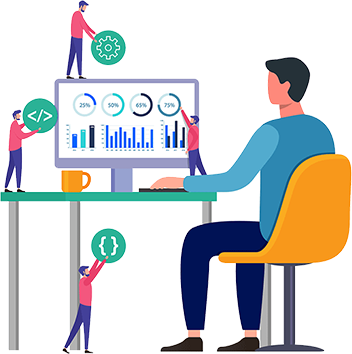
- What is Matplotlib?
- Anatomy of a Matplotlib Figure
- Scatter Plot and Bar Plot
- Histograms and Subplots
- Customizing the Plots
Tensorflow - Data Science Tool
This section covers the concepts of Tensorflow tool which allows data scientists to create dataflow graphs.
- What is TensorFlow and Why use it?
- TensorFlow Variables
- TensorFlow Automatic Differentiation
- Introduction to Graphs and Functions
- Introduction to Modules, Layers and Models
- Training Loops
- Advanced AutoDiff
- Ragged Tensor
- Sparse Tensor
- Tensor Slicing
- Data Input Pipelines
- Optimization and Performance

Learning Outcomes
- Develop in depth understanding of the key technologies in Data Science and Business Analytics
- Deep set of core competencies in multiple areas
- In-Depth Knowledge of Data Science tools
Skill Benefit
- Enhance Critical thinking
- Programmatical thinking and increase logical building



